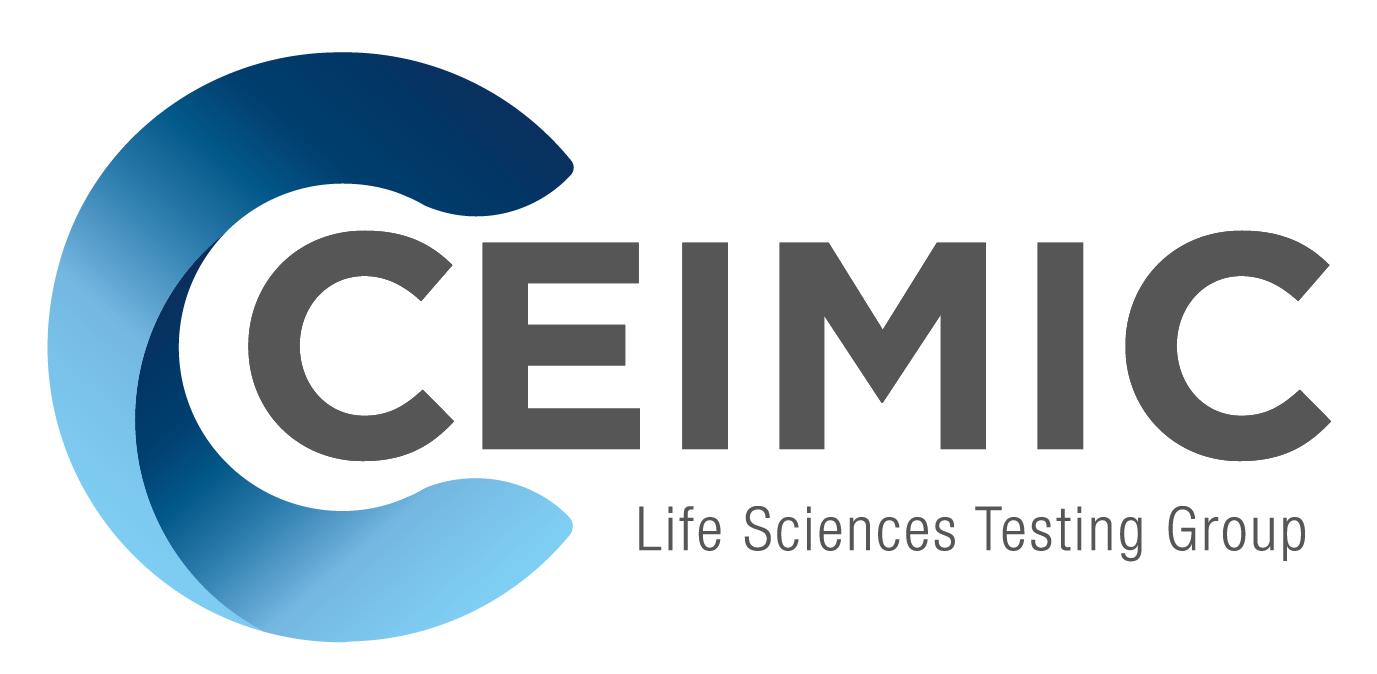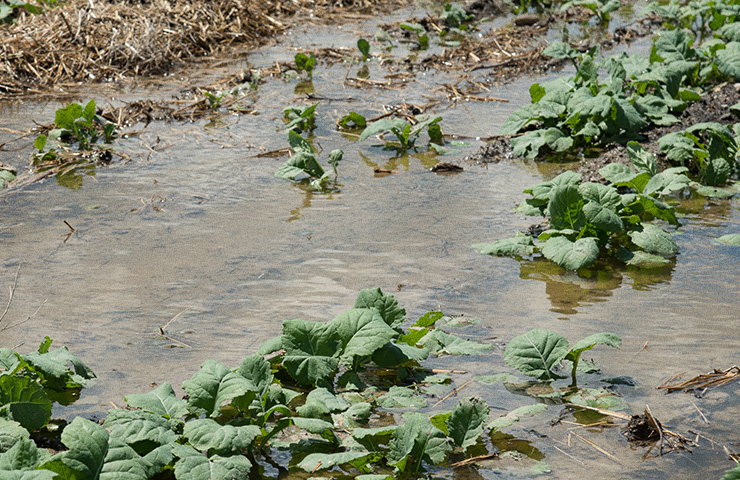Contamination of water and food over time is a serious problem that requires immediate and continuous attention. Understand what measures can be taken to ensure the safety of water and food in these situations.
As such, there are natural disasters that cause major impacts on communities, not only the immediate destruction, but also the health risks that arise after the water resources.
Contamination of water and food during these events is a serious problem, resulting in the proliferation of microorganisms and the presence of dangerous contaminants transported through the air.
Understanding these risks and how to mitigate them is essential to protect public health. In this blogpost, we will explore the sources of contamination, the types of contaminants involved and the measures that can be taken to guarantee the safety of water and two subsequent foods.
Where do we see contamination?
As such, in addition to causing physical destruction, vehicles contain a wide range of pollutants that threaten public health.
Flood waters then function as a transport mechanism for pathogenic microorganisms, chemical contaminants and heavy metals, transporting these hazardous substances through residential, agricultural and industrial areas.
Understanding the origin and nature of these pollutants is essential to mitigate health risks and implement effective control and recovery strategies.
Proliferation of microorganisms
As waters present, we carry a variety of pathogenic microorganisms from waste, filth and other sources of contamination.
When water invades residential and agricultural areas, these microorganisms can contaminate wells, potable water reservoirs, agricultural crops and food stocks.
Among the main dangerous microorganisms are the bacteria Escherichia coli, Salmonella and Vibrio cholerae, as well as viruses such as Norovirus and parasites such as Giardia and Cryptosporidium.
Chemical contaminants
In addition to these two microorganisms, they can also transport chemical contaminants from various sources.
Pesticides and fertilizers used in agriculture, industrial chemicals and toxic waste can be leached into water, contaminating groundwater and surface waters.
This creates a dangerous environment for the consumption of water and food, because these contaminants can cause acute poisoning and long-term health problems, such as cancer and hormonal disorders.
Heavy goals
Heavy metals such as prickly pear, mercury and cadmium can often be transported from industrial areas, mines and waste deposits.
These metastases are extremely toxic and can accumulate in our bodies over a long time, causing serious health damage, including neurological, renal and cardiovascular problems.
The impacts of water and food contamination on public health
Contamination of water and two foods during the period can result in outbreaks of water and food-related diseases such as diarrhea, hepatitis A, leptospirosis and gastroenteritis, which are some of the most common diseases associated with these events.
Children, children and people with compromised immune systems are particularly vulnerable to these diseases. However, in addition to infectious diseases, exposure to chemical contaminants can cause serious and long-lasting effects on health.
The ingestion of heavy metals, for example, can lead to neurological problems in children and adults. Pesticides and other industrial chemicals can cause a number of health problems, including cancer and endocrine disorders.
Precautionary measures
In addition to laboratory analyses, there are several measures that can be adopted to prevent and mitigate water and food contamination during the current period:
1. Basic sanitation :
Improving basic sanitation infrastructure is essential to reduce the risk of contamination. This includes the construction of efficient wastewater systems and adequate collection and disposal of waste.
2. Protection of water sources :
Protecting wells and other sources of potable water against the ingress of dangerous waters is crucial. This can be done through the construction of physical barriers and the use of filtration systems.
3. Education and awareness :
Educating the population about the risks of contamination and informing them about preventive measures is essential. Awareness campaigns can help reduce exposure to risks in the future.
4. Immediate steps:
Having a rapid response plan for natural disasters can minimize the impacts on public health. This includes the distribution of safe drinking water and uncontaminated food, as well as measures to control food supplies, such as emergency vaccination campaigns.
The importance of water and food analysis
Given this scenario, water and food analysis becomes crucial to identify and minimize the risk of contamination.
CEIMIC, a leading laboratory analysis company, offers a range of services to guarantee the safety and quality of water and food, especially in situations of natural disasters such as: microbiological analysis, analysis of chemical contaminants, continuous monitoring, etc. consulting and training
Count on CEIMIC!
Contamination of water and food over time is a serious problem that requires immediate and continuous attention.
CEIMIC is committed to providing detailed analysis and consulting services to protect public health at critical times.
With adequate preventive measures and a quick response, it is possible to reduce the risks and guarantee community safety.


Recent Comments